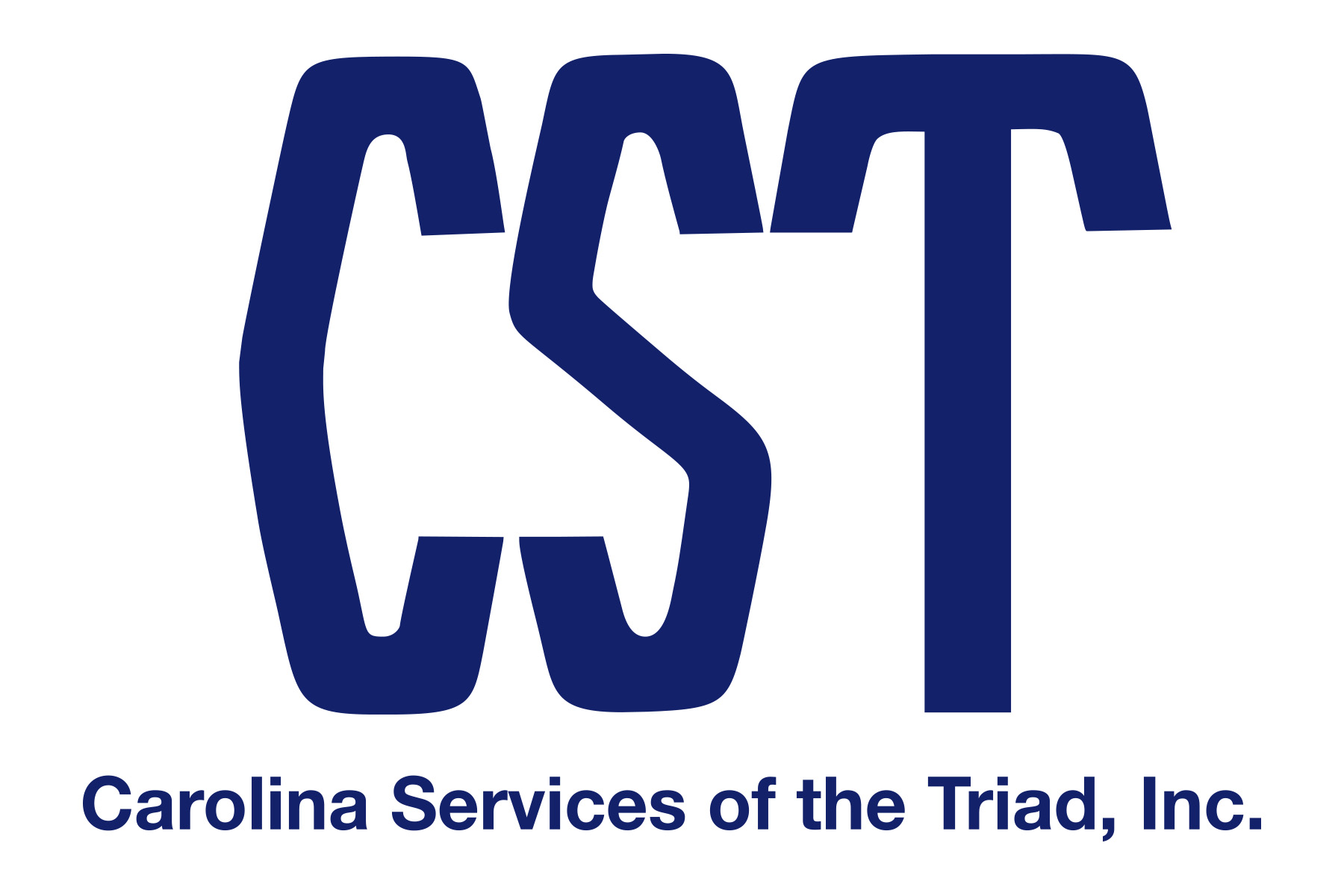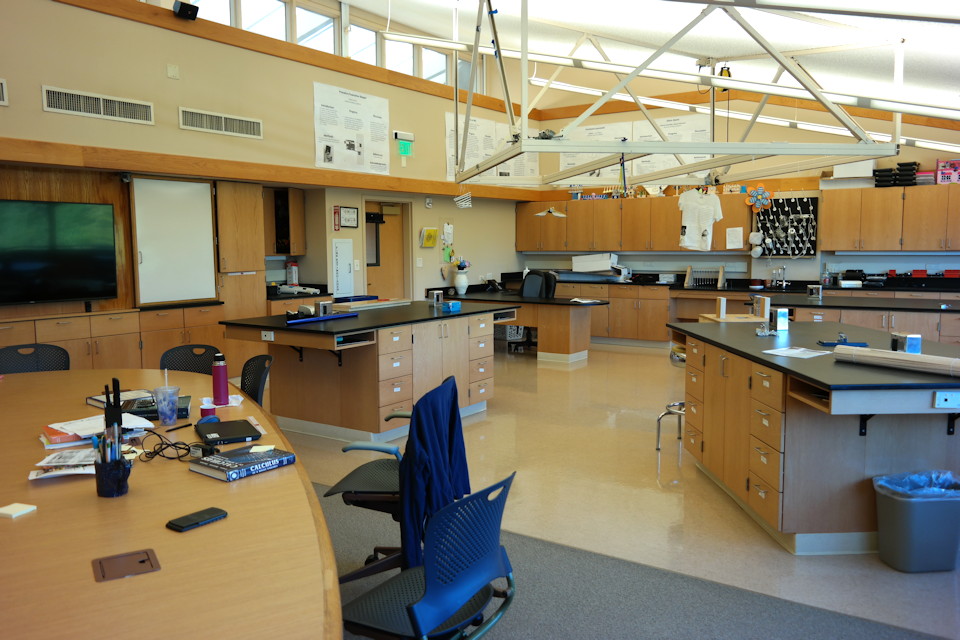Throughout the height of the COVID-19’s quarantine, the public understandably shared concerns about the cleanliness of schools as students returned to the classrooms. The concern was so focused on how clean we as a country could keep schools that there wasn’t much discussion about sustainability.
In a press release last year, ACP Facility Services listed 5 reasons they felt we should focus less on disinfecting schools. At a glance the premise may seem counterintuitive — surely the effort has helped curb the spread of illness, after all.
But as the piece illustrates, the ongoing cost most schools have had to take on to meet these demands has, in many ways, become untenable.
For various reasons such as budget constraints, political reasons, and a changing job market, schools across the country have all dealt with some degree of staffing issues.
You might think cleaning companies like ours would see that as pure opportunity — that a school being short-staffed means they need to outsource. To some degree it does, but just as often what can happen is a strained administrative team feels that researching, hiring, and managing an outsourced cleaning company is too big an ask.
Particularly when someone whose job it may have been to oversee certain things left, and now it’s not entirely clear who else’s responsibility that should be.
ACP Facility Services mentioned that for some schools, the new disinfection protocols have generated up to $5 million per year in additional expenses. Unfortunately for everyone, there’s really no way that doesn’t affect tuition costs or areas where corners get cut to mitigate budgets.
So What Are The Alternatives?
No one is advocating that schools stop cleaning and disinfecting. But there is other technology available that could alleviate some of the burden, starting with air purification systems.
Those work alongside existing HVAC systems, drawing in air and stopping pathogens and viruses from being blown back out into the heating and cooling vents. Because COVID in particular is an airborne virus, that’s a pretty big step in the right direction.
And, as the press release asserts correctly, if the air was being continuously disinfected there would be less pressure on cleaning teams to disinfect surfaces. What feeds into surfaces not staying disinfected for long is the air, and particulates floating about and landing on an otherwise clean surface.
Some intensive care units have experimented with UV light solutions that kill viruses passively, and while that’s another option it hasn’t caught on everywhere. Largely because it makes sense in a hospital that has a small number of rooms devoted to the ICU, relatively speaking, but less so for a school where arguably every room would have to be equipped with UV lights.
For many schools, electrostatic cleaning has been a cost-friendly way to efficiently clean entire campuses.
If all of this shows us anything, it’s that we are still feeling the aftershock of the pandemic and discovering how many of the changes made were temporary and how many are a new way of being.
At the end of the day, we are here to help if it makes sense for any given facility. To explore some of those options and determine if it makes sense for yours, give us a call.

